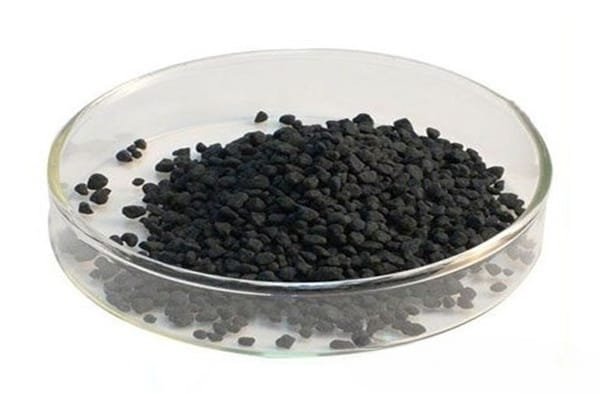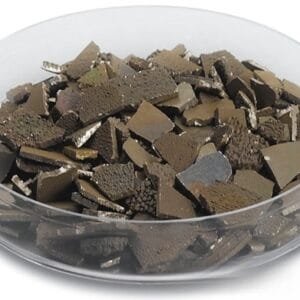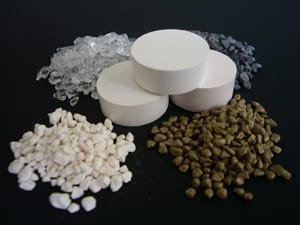Nickel boride evaporation materials, identified by the chemical formula Ni2B, are crucial for achieving high-quality deposition films. TFM specializes in delivering nickel boride with exceptional purity levels of up to 99.9995%, ensured through stringent quality control measures.
Product Specifications
| Material Type | Nickel Boride |
| Symbol | Ni2B |
| Appearance/Color | Solid |
| Melting Point | ~ 1125 °C (2057 °F) |
| Density | 7.9 g/cm3 |
| Purity | 99.5% |
| Shape | Powder/ Granule/ Custom-made |
Applications
Nickel boride evaporation materials are utilized in a range of deposition techniques, such as:
- Semiconductor Deposition
- Chemical Vapor Deposition (CVD)
- Physical Vapor Deposition (PVD)
These materials are particularly effective in optics applications, including wear protection, decorative coatings, and display enhancements.
Packaging and Handling
To ensure efficient identification and quality control, our nickel boride evaporation materials are meticulously tagged and labeled. We take great care to prevent any damage during storage and transportation.
Contact Us
TFM provides nickel boride evaporation materials in various shapes, including tablets, granules, rods, and wires, with custom forms available upon request. We also offer evaporation sources, boats, filaments, crucibles, heaters, and e-beam crucible liners. For current pricing and further details on our products, please send us an inquiry.


 MSDS File
MSDS File



Reviews
There are no reviews yet.